Pay Once and Have Free Attractions Entry for 2, 3, 5 or 7 days
Welcome to Topkapi Palace, a must-visit museum in Istanbul! As one of the most iconic landmarks in the city, Topkapi Palace is a perfect example of Ottoman architecture and a symbol of Istanbul’s rich history. In this article, we’ll explore the fascinating facts about Topkapi Palace in Istanbul, its collections, tickets, entry fee, opening hours, and some tips to make your visit a memorable one.
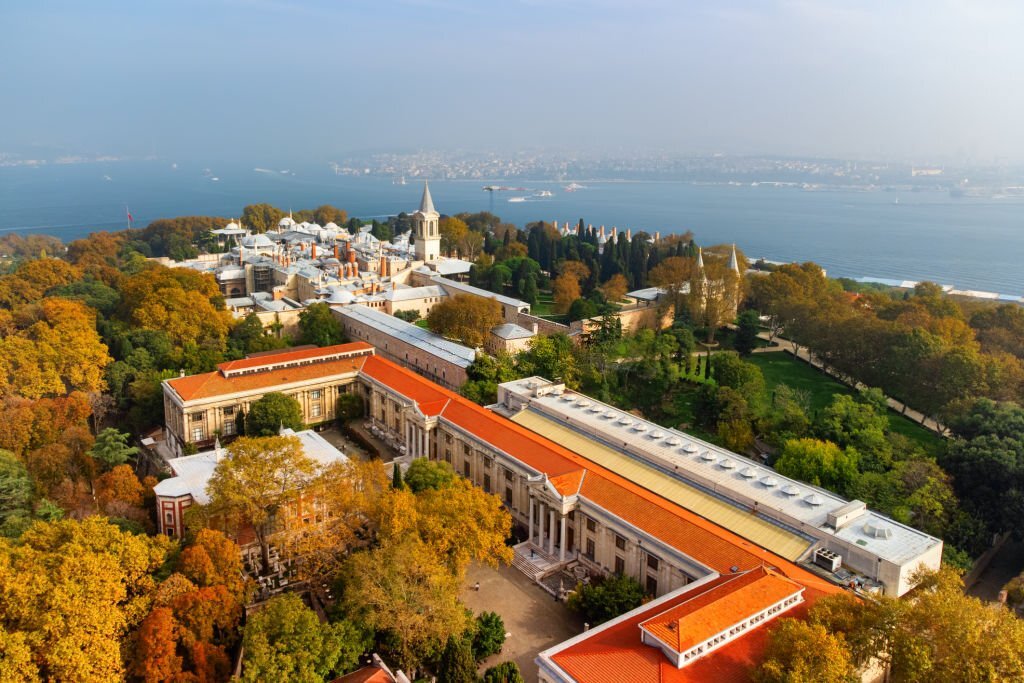
Facts about Topkapi Palace in Istanbul
Topkapi Palace was the main residence of the Ottoman sultans for almost 400 years, from 1465 to 1856. The palace has a total of 700,000 square meters, and its architecture reflects the luxurious lifestyle of the Ottoman Empire’s ruling elite. The palace was also a center for state affairs, as well as for art, science, and culture.
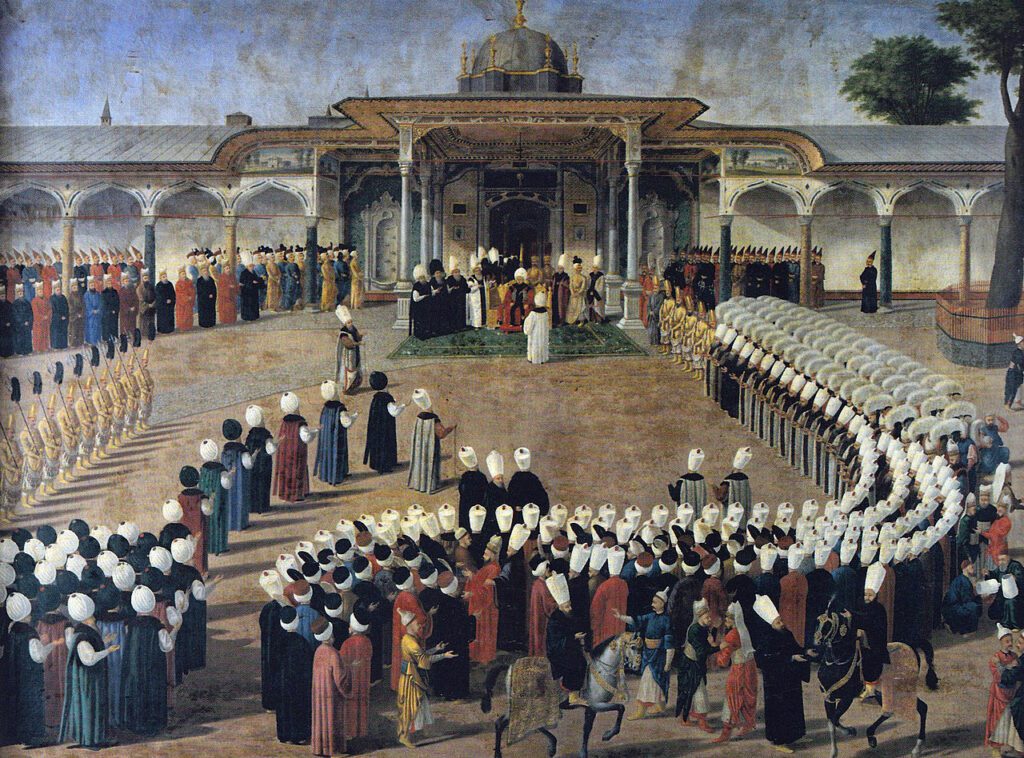
History of Topkapi Palace in Istanbul
Topkapi Palace was commissioned by Sultan Mehmed II after the Ottoman conquest of Istanbul in 1453. Initially, the palace was used as a military training ground and a royal hunting lodge. Later, it was expanded by succeeding sultans, and it became the center of Ottoman power and culture. Today, Topkapi Palace stands as one of the most remarkable examples of Ottoman architecture and design.
Where is Topkapi Palace Located?
Topkapi Palace is located in the Sultanahmet district of Istanbul, just a short distance from Hagia Sophia and the Blue Mosque. Its location on the historic peninsula makes it an easily accessible destination for tourists.
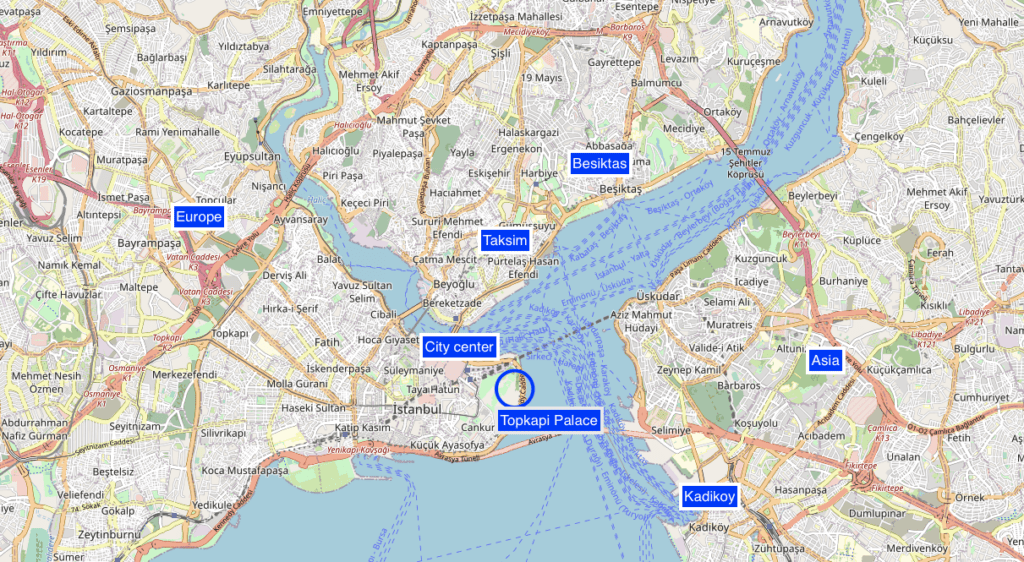
Initial Construction and Layout of Topkapi Palace
Topkapi Palace has four main courtyards, with each one leading to a different part of the palace complex. The first courtyard is the largest and houses the Imperial Gate, the Gate of Salutation, and the Gate of Felicity. The second courtyard contains the Imperial Council Chamber and the sultan’s private apartments. The third courtyard is where the Harem, the private living quarters of the sultan and his family, is located. Finally, the fourth courtyard contains several pavilions and gardens.
Entrance Fee, Tickets & Tours to Topkapi Palace
When planning your visit to Topkapi Palace, it’s best to purchase your tickets in advance to avoid long lines at the entrance. You can buy tickets online, and you have several options to choose from, including combined tickets for the Harem and Hagia Irene.
Online Skip-the-Line Tickets to Topkapi Palace
You can buy tickets online with guided tours to avoid queues to Topkapi Palace! It is also a better way not to miss the historical significance of Topkapi Palace: you will learn everything from guides.
News About Topkapi Palace Tickets in 2024: Entry Fees
From January 1, 2024, Topkapi Palace and its Harem section will be accessible with just one ticket – no more separate purchases are needed. This combined entry to Topkapi Palace costs 1500 TL per person as of January 2024.
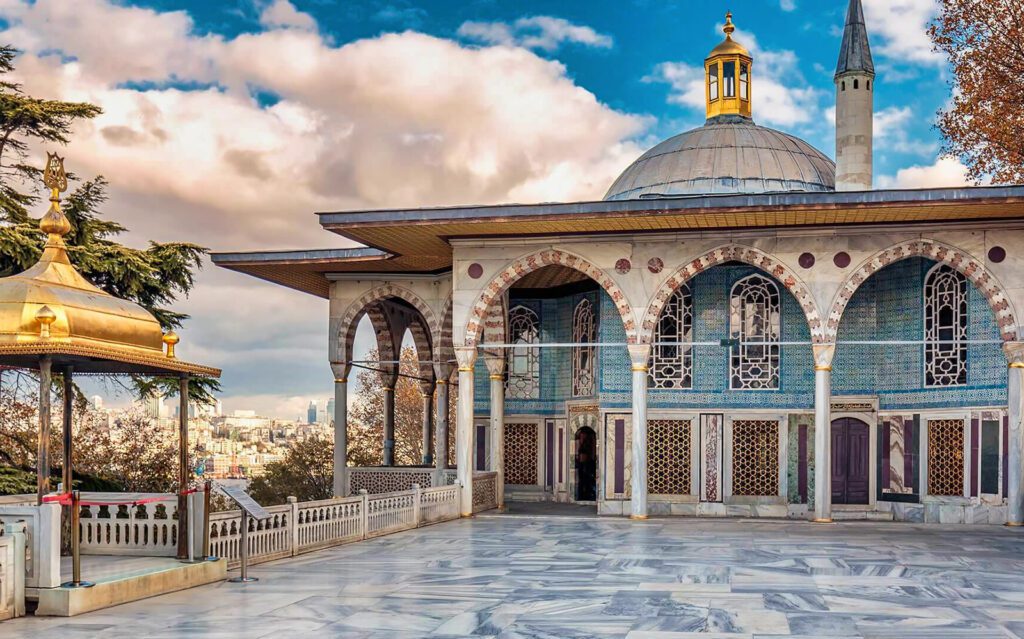
Free Admission and a Guided Tour of Topkapi Palace with Istanbul E-Pass
The Istanbul E-Pass offers a convenient and cost-effective way to explore the city and make the most of your visit to Topkapi Palace. One of the key benefits of the E-Pass is that it includes a free guided tour of Topkapi Palace, allowing you to delve deeper into its history and architectural marvels with the help of a knowledgeable guide.
In addition to the Topkapi Palace tour, the Istanbul E-Pass grants you access to over 50 other attractions across the city!
Don’t Miss The Best Tours and Cruises in Istanbul
Working Hours Topkapi Palace
Topkapi Palace is open every day except Tuesdays from 9:00 AM to 6:00 PM.
What to See at Topkapi Palace?
Topkapi Palace is home to numerous impressive collections, and you could easily spend an entire day exploring them all. Here are some highlights of the palace complex:
The First Courtyard
As you walk through the first courtyard, you’ll feel like you’ve stepped back in time. This vast space was once the main entrance to Topkapi Palace and served as a venue for grand ceremonies and receptions. The area is lined with awe-inspiring Byzantine and Ottoman structures, including the Imperial Gate (Bâb-ı Hümâyûn) and the Gate of Salutation (Bâbüsselâm).
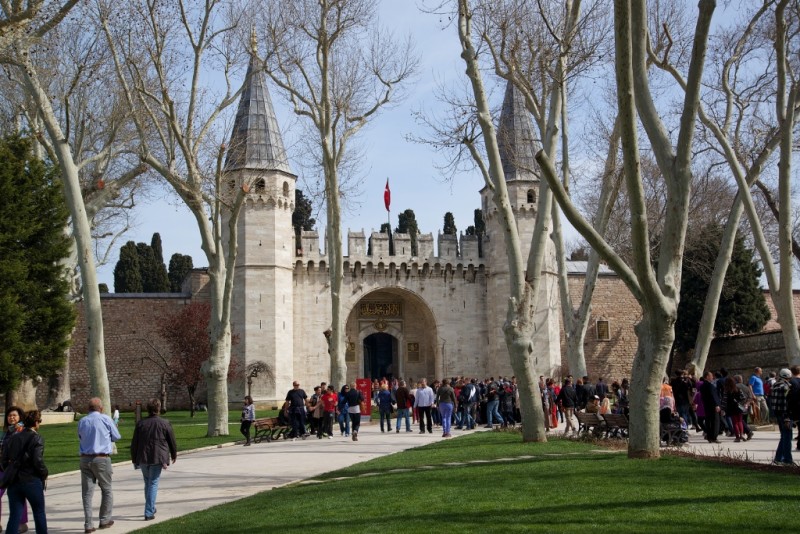
Give Attention to:
Take a moment to admire the towering marble fountain, which was built in the 15th century during the reign of Sultan Mehmed II. It stands as a testament to the Sultan’s grandeur and power, and was once used by palace inhabitants for ritual ablutions.
Garden
Stroll through the stunning gardens of the first courtyard, known as the Square Kiosk Garden. This serene space is adorned with colorful flowers and features a central kiosk, which was used as a gathering place for the sultan and his guests.
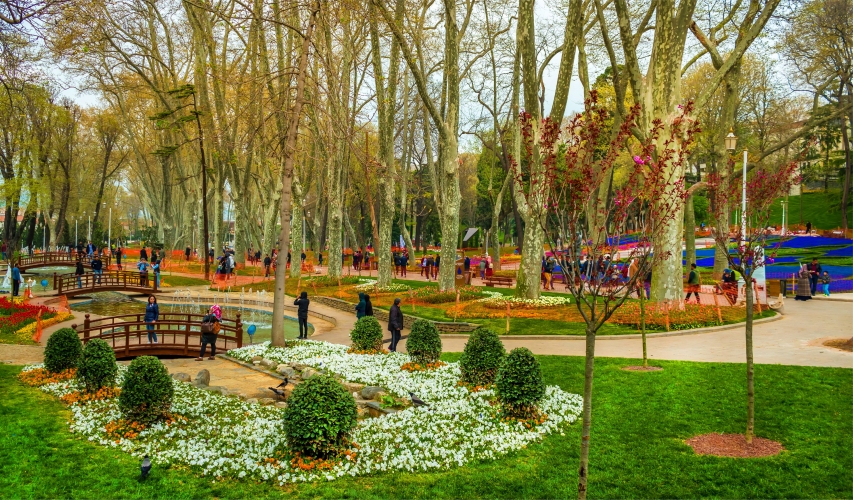
Hagia Irene
Directly opposite the Imperial Gate, you’ll see the magnificent Hagia Irene, which was once a grand Byzantine church before being converted into an arsenal during Ottoman times. Although it’s no longer used for religious purposes, the structure’s impressive architecture and rich history are sure to impress.
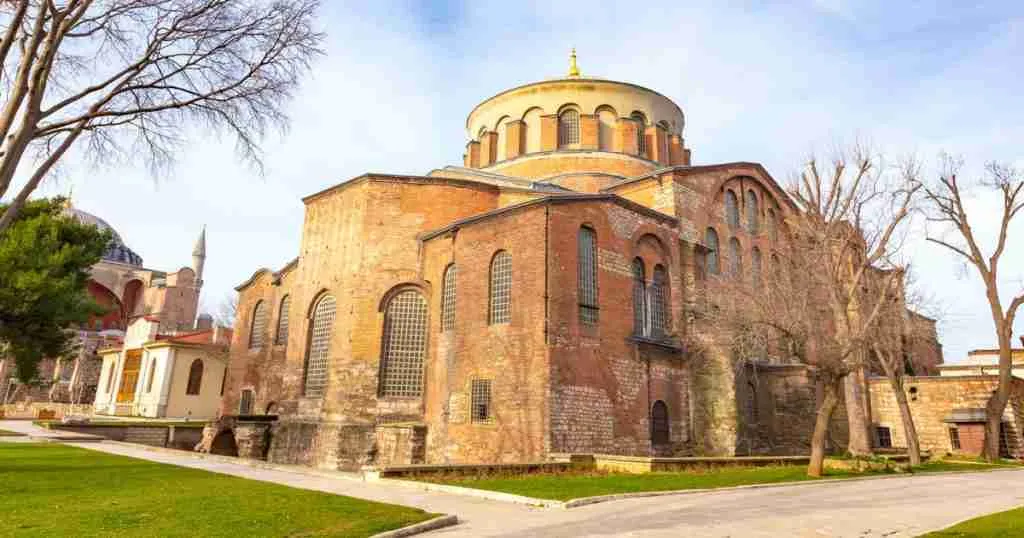
Fountains
The first courtyard is also home to several stunning fountains, each of which has its own unique design and history. These intricately crafted works of art are a testament to the Ottoman’s appreciation for aesthetics and grandeur.
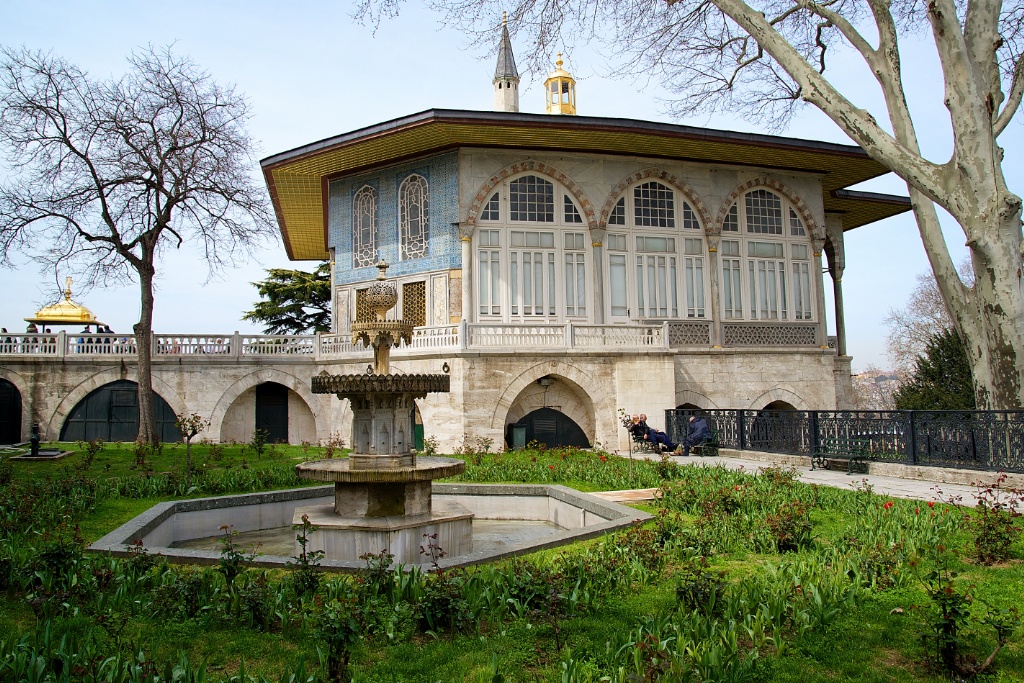
The Second Courtyard
As you move into the second courtyard, you’ll encounter a series of grand structures and exhibitions that are sure to leave a lasting impression. Here are just a few of the highlights:
Imperial Carriages
One of the most impressive displays in the second courtyard is the collection of imperial carriages. These beautifully crafted vehicles were once used by the sultans and their families, and offer a glimpse into the opulent lifestyle of Ottoman royalty.
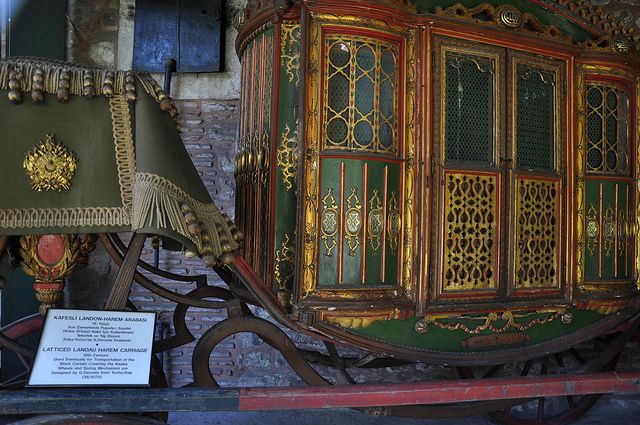
Tower of Justice
Built in the early 15th century, the Tower of Justice was once used as a place for legal proceedings and as a lookout tower. The impressive structure is one of the tallest in the palace complex and offers breathtaking views of the surrounding area.
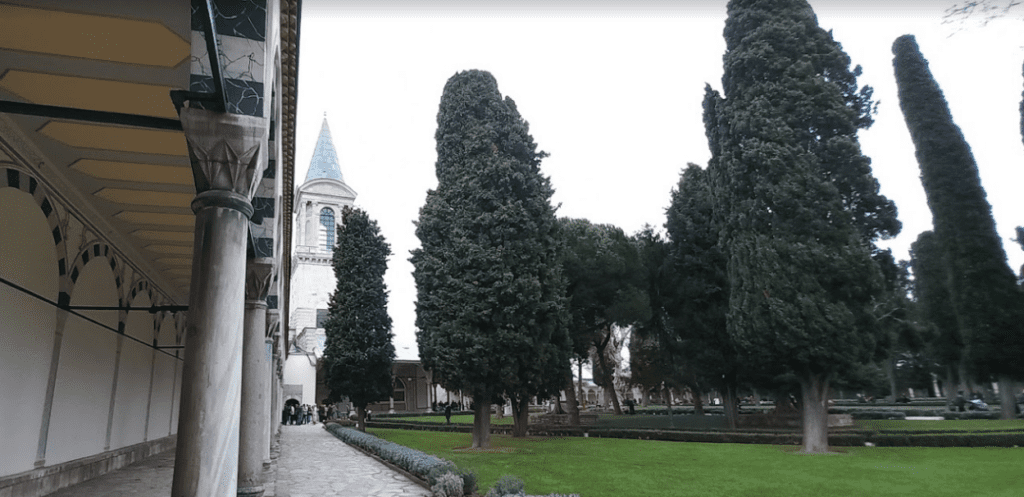
Weapons Room
The weapons room houses an impressive collection of weapons, armor, and other military equipment that was used by the Ottoman army throughout history. From swords and shields to guns and cannons, this exhibition offers a fascinating look into the weaponry of the time.
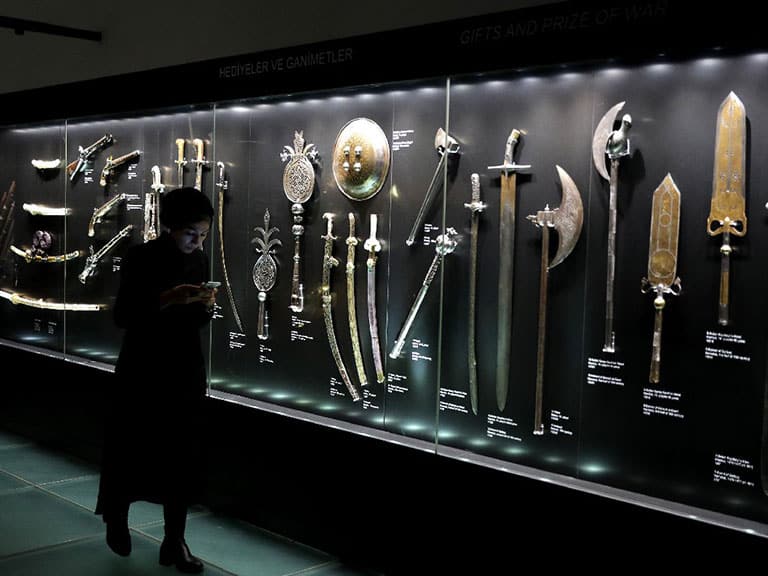
Gate of Felicity
The Gate of Felicity was the entrance to the Third Courtyard and the private apartments of the sultan. It was here that new sultans would be proclaimed and where important state ceremonies would take place.
Palace Kitchens
The palace kitchens were once a hub of activity and a testament to the opulence of the Ottoman Empire. The large complex was used to prepare meals for the sultan and his guests, and featured a variety of tools and utensils that were state-of-the-art for the time.
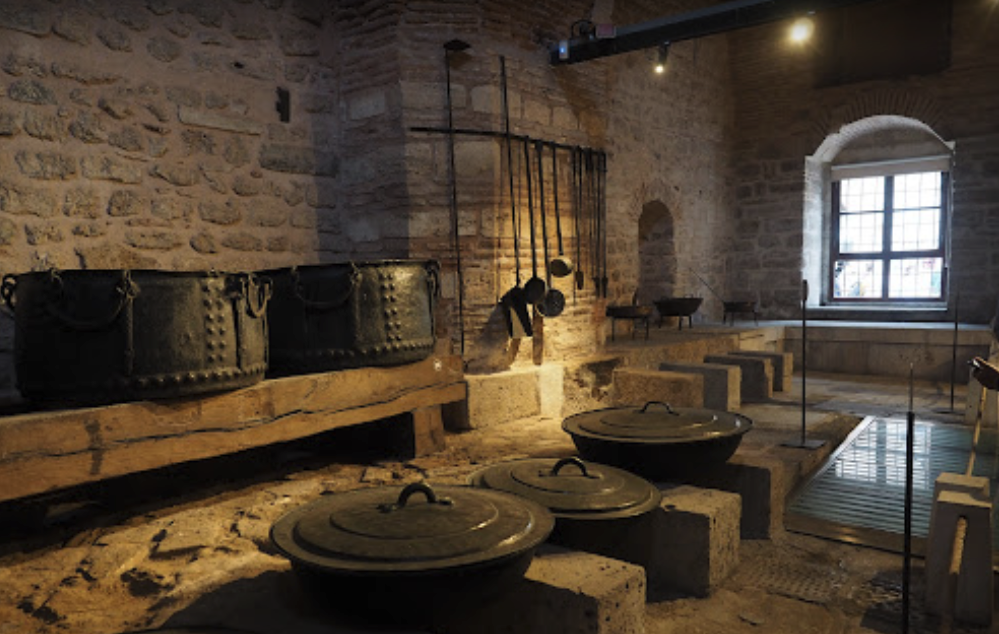
The Harem
The Harem was once the private quarters of the sultan’s family and the palace’s female inhabitants. Visitors can explore the luxurious living spaces and learn about the lives of the women who lived here.

The Third Courtyard
The third courtyard was the heart of the palace and contained many of the most important structures and exhibitions. Here are just a few of the highlights:
Audience Chamber
The Audience Chamber was where the sultan would hold meetings with dignitaries and important guests. The room features stunning decorations and is sure to leave visitors in awe.
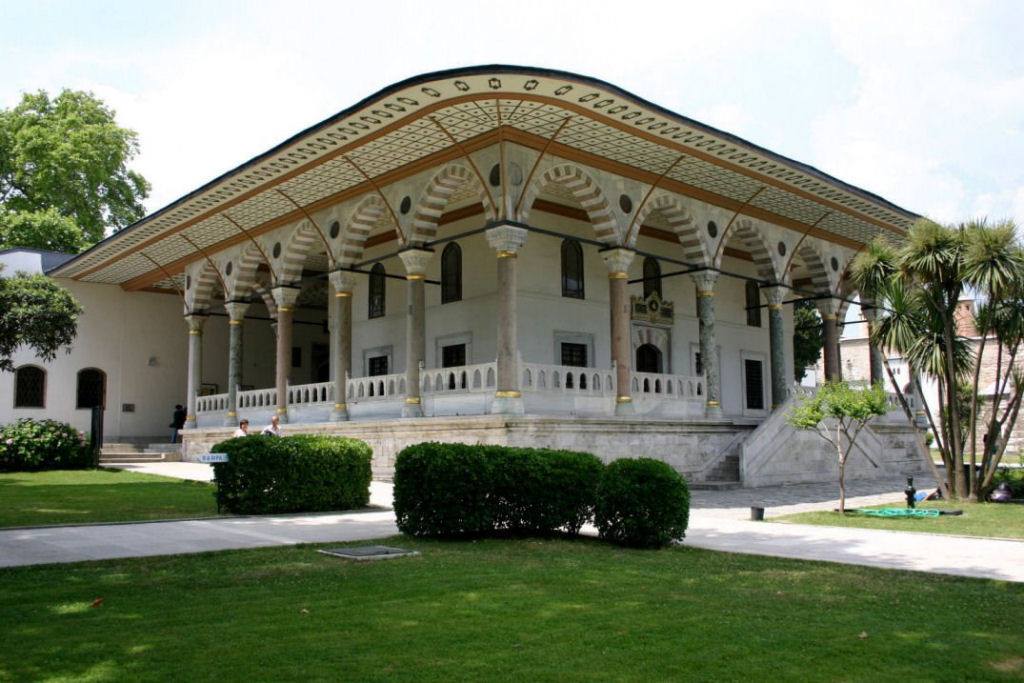
Sultan’s Costumes
The Sultan’s Costumes exhibition offers a glimpse into the sultan’s wardrobe and the lavish clothing worn by Ottoman royalty. The collection includes ceremonial robes, military uniforms, and other outfits worn by the sultans and their families.
Treasury
The Treasury is a must-see for visitors to the palace. It houses an impressive collection of jewels, gold, silver, and other precious items. The collection includes gifts presented to the sultans by foreign dignitaries, as well as items acquired through conquests and trade.
Library of Ahmet III
The Library of Ahmet III is one of the most beautiful rooms in the palace. The walls are lined with books and manuscripts, and the ceiling features intricate paintings and designs.
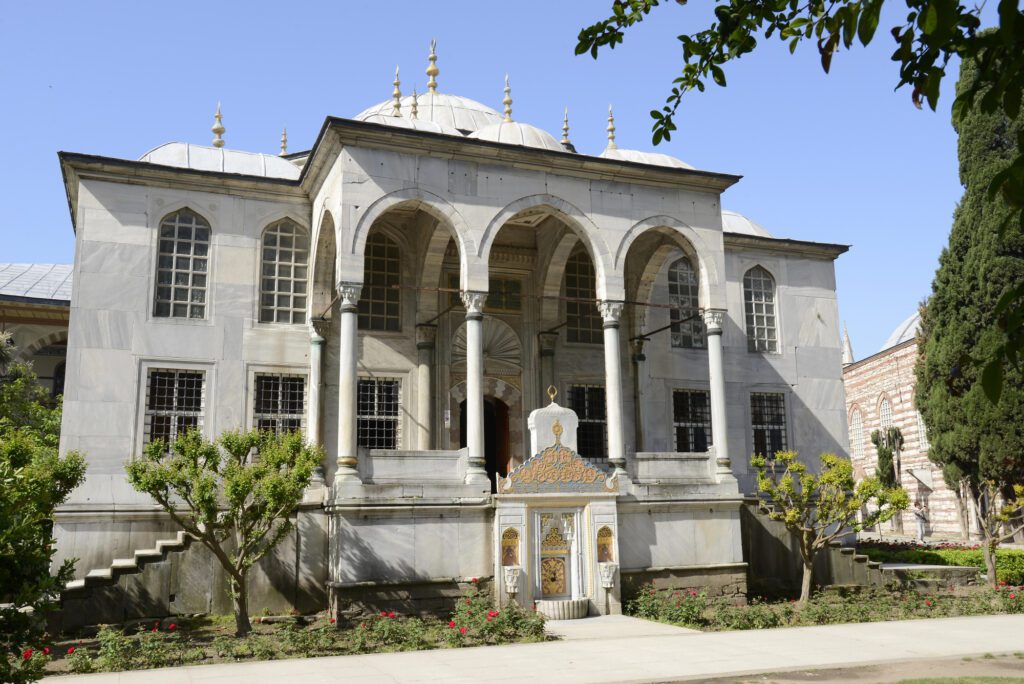
Privy Chamber
The Privy Chamber was the sultan’s private quarters and is one of the most exclusive areas of the palace. It contains several rooms, including a bedroom, bathroom, and sitting room. The decoration and furnishings are truly luxurious and offer a glimpse into the opulence enjoyed by the sultans.
The Fourth Courtyard
The fourth courtyard was the administrative center of the palace and contains a number of important buildings and exhibitions.
Circumcision Room
The Circumcision Room is where the sultan’s sons were circumcised as part of a traditional ceremony. The room is adorned with impressive decorations and features a stunning marble fountain in the center.
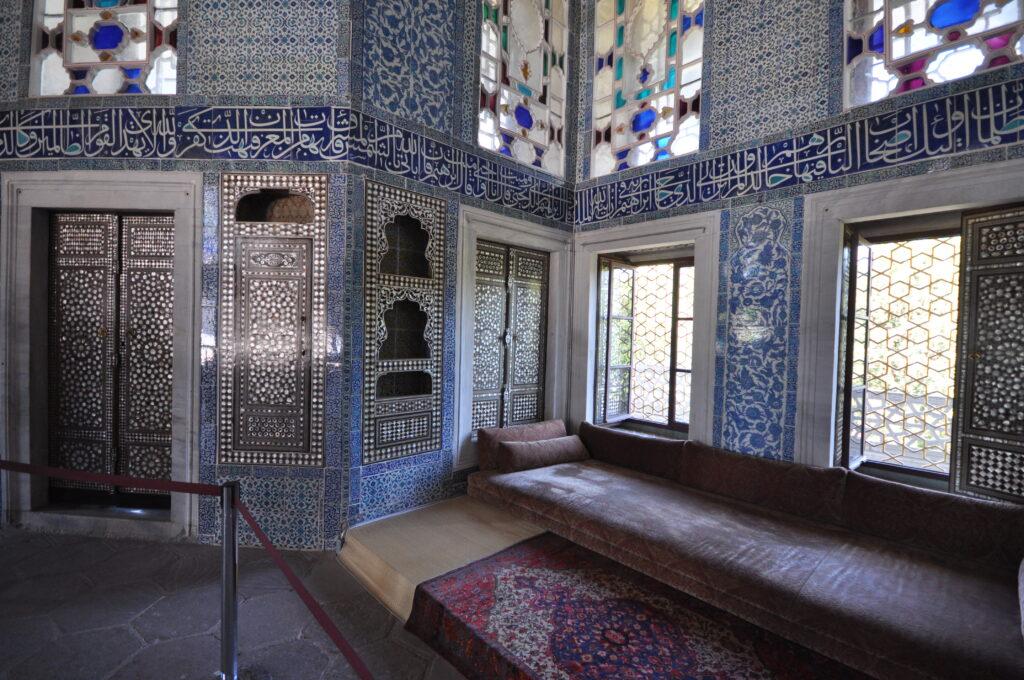
Mecidiye Pavilion
The Mecidiye Pavilion was built in the 19th century and served as the sultan’s private quarters during the summer months. The pavilion features impressive decorations and offers stunning views of the sea.
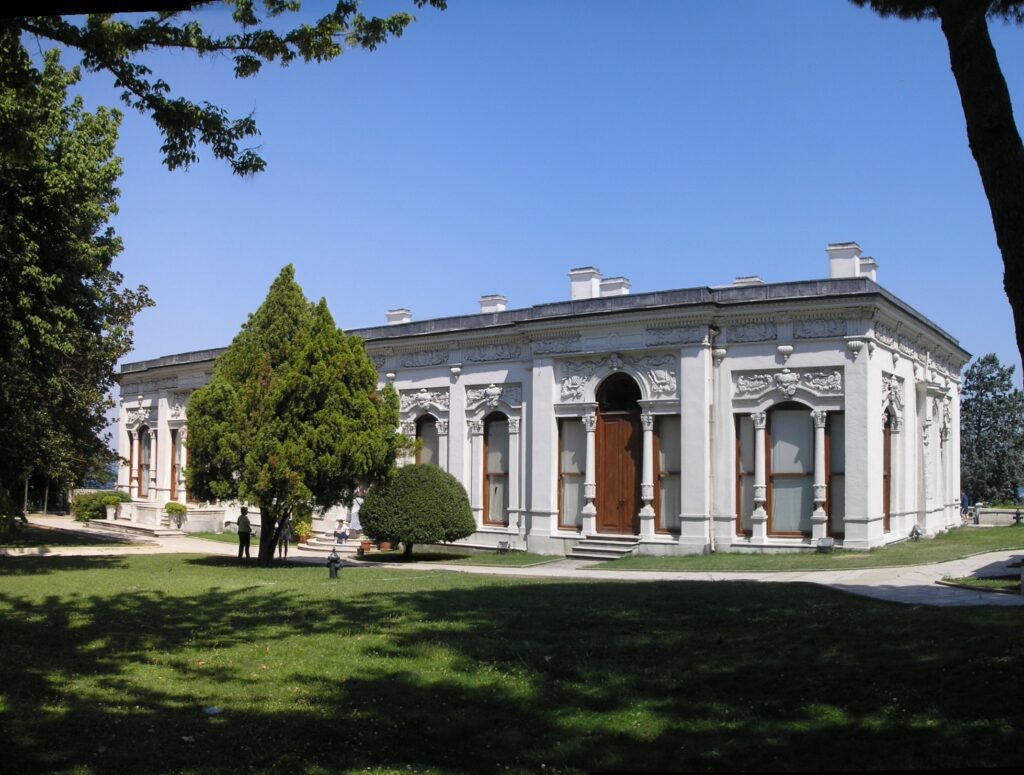
Baghdad Pavilion
The Baghdad Pavilion is a beautiful pavilion built in the 17th century. It was originally used as a reception hall and features impressive decorations, including intricate tiles and colorful stained glass windows.
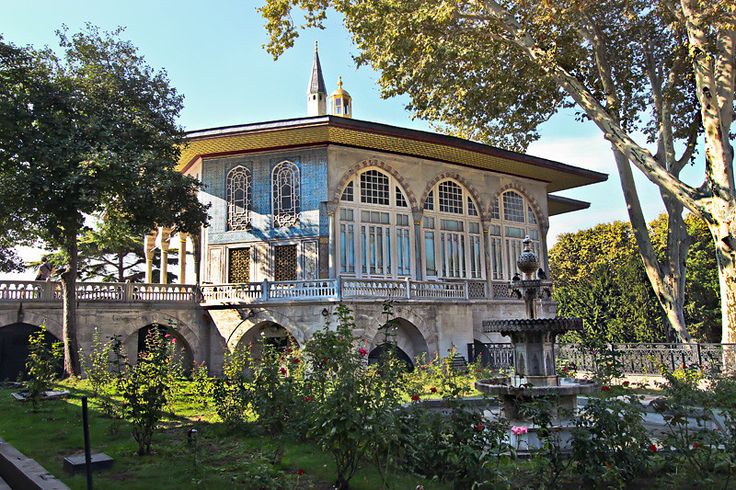
Iftar Pavilion
The Iftar Pavilion is a stunning pavilion built in the 18th century. It was used as a banquet hall during Ramadan and features impressive decorations, including intricate tile work and colorful murals.

Yerevan Kiosk
The Yerevan Kiosk is a small pavilion built in the 17th century. It was used as a private chamber by the sultan and features impressive decorations, including beautiful tiles and intricate carvings.
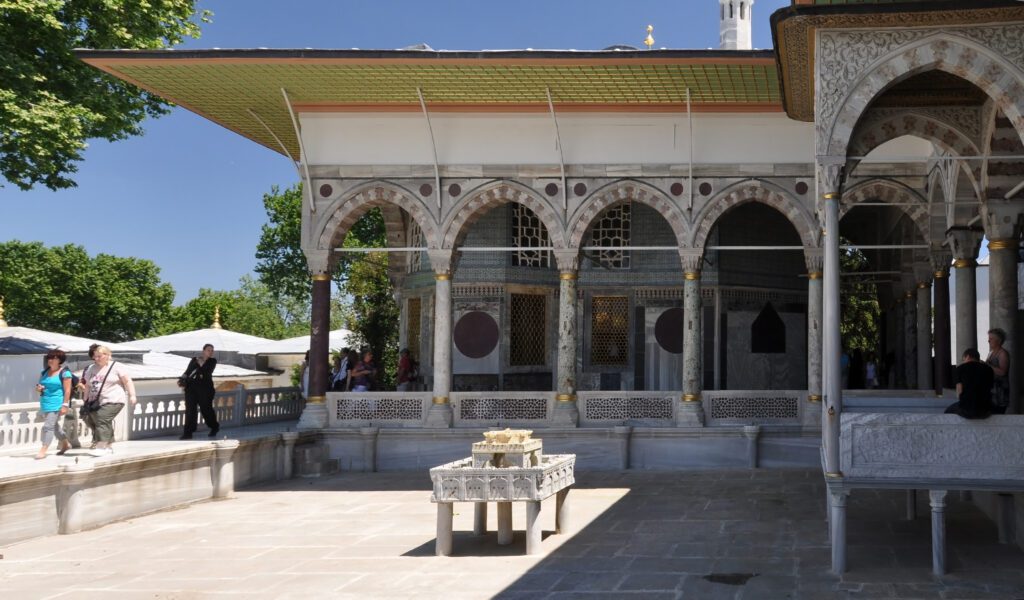
Chamber of the Chief Physician
The Chamber of the Chief Physician was used as a medical center by the sultans and their families. The chamber is home to a collection of medical instruments and other artifacts used in traditional Ottoman medicine.
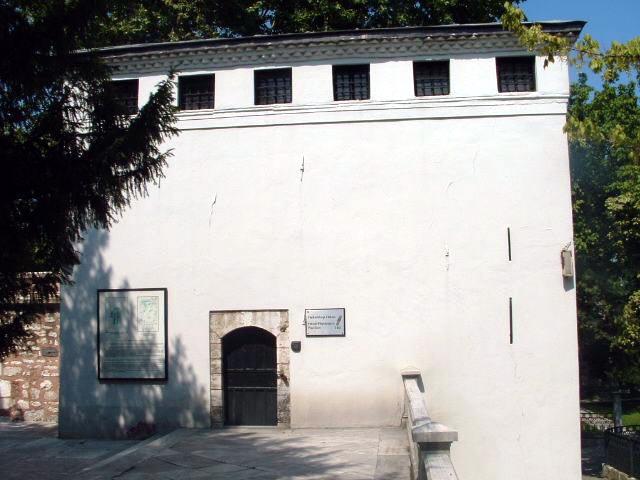
Gardens
The palace’s gardens are a beautiful oasis in the heart of Istanbul. Visitors can stroll through the gardens and enjoy the many fountains, pools, and other decorative elements that make this one of the most beautiful parts of the palace.
Topkapi Palace Collections
In addition to the impressive exhibitions and collections already mentioned, the palace is also home to a number of other collections, including ceramics, arms and armor, and Islamic calligraphy.
Visiting Topkapi Palace Tips
If you’re planning a visit to Topkapi Palace, it’s important to keep a few tips in mind.
First, be prepared for large crowds, especially during peak tourist season. To avoid the crowds, consider visiting Topkapi Palace early in the morning or later in the afternoon. Additionally, if you’re interested in a specific exhibit or area of the palace, plan your visit accordingly to make sure you have enough time to explore.
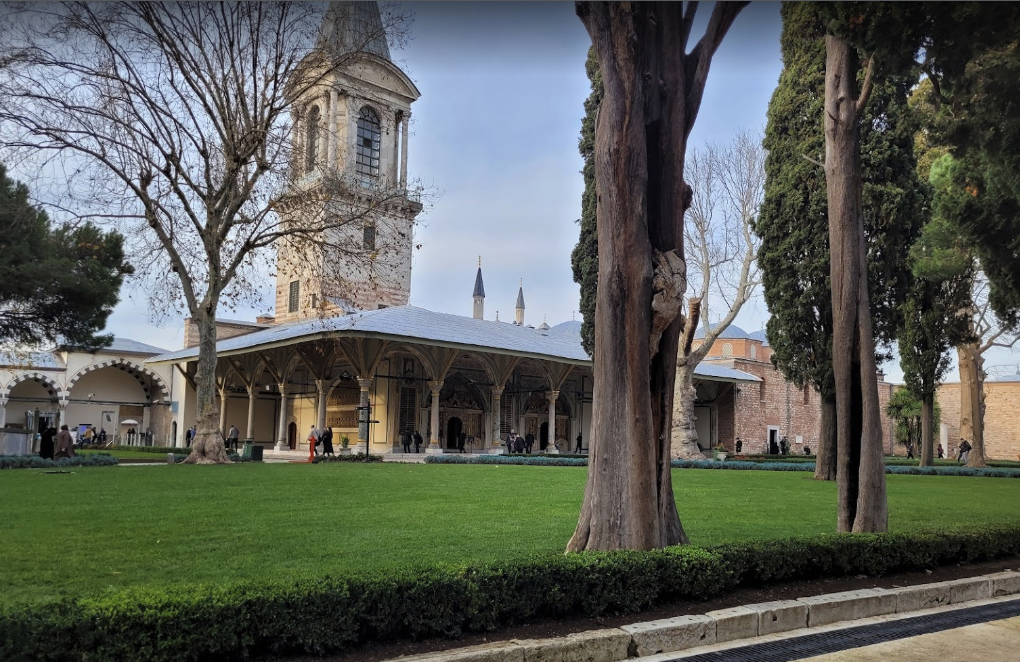
Second, wear comfortable shoes, as there is a lot of walking involved in touring the palace.
It’s also worth noting that there are specific rules and regulations visitors must follow when visiting Topkapi Palace. For example, visitors must dress modestly, covering their shoulders and legs. Photography is allowed in most areas of the palace, but flash photography is prohibited.
How to Get to Topkapi Palace?
Topkapi Palace is located in the heart of Istanbul’s historic peninsula and is easily accessible by public transportation. Here are some of the ways to get there:
- By Tram: Take the T1 tram line and get off at the Sultanahmet stop. From there, it’s just a short walk to the palace.
- By Marmaray: Take the Marmaray line and get off at the Sirkeci station. From there, it’s about a 10-minute walk to the palace.
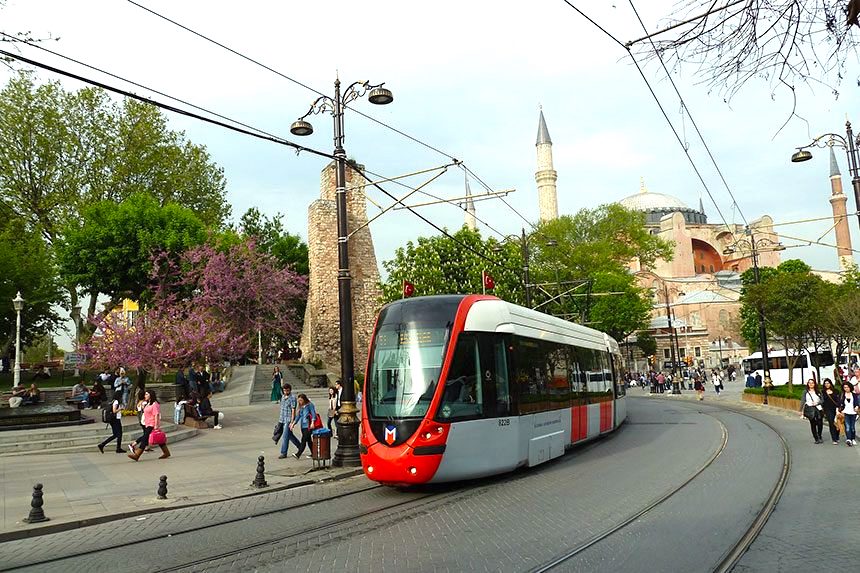
Overall, a visit to Topkapi Palace is a must-see for anyone interested in Ottoman history and architecture. With its stunning courtyards, intricate decorations, and fascinating exhibitions, it’s a truly unforgettable experience.
You Might be Interested in:
- The Supermarkets in Istanbul: Where Better Go for Groceries?
- A Guide to Dog-Friendly Istanbul: Parks, Hotels, Transport (2024)
- Best Turkish Street Food in Istanbul: Doner, Simit,
- Basic Turkish Phrases for Tourists: Speak Turkish Language on Your Trip
- The Best 5 Parks in Istanbul: Famous Beautiful Gardens & Green Spaces
Don’t Miss The Best Tours and Cruises in Istanbul